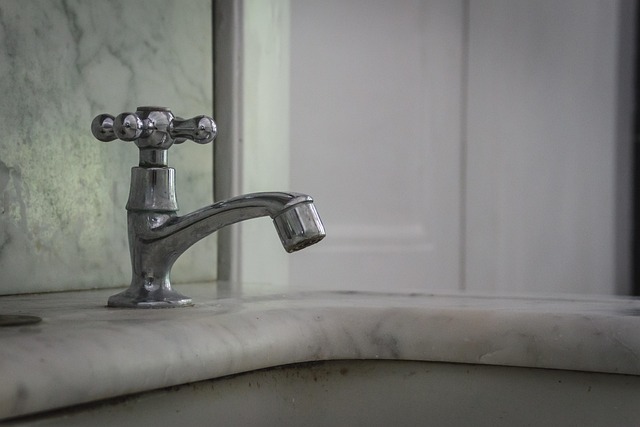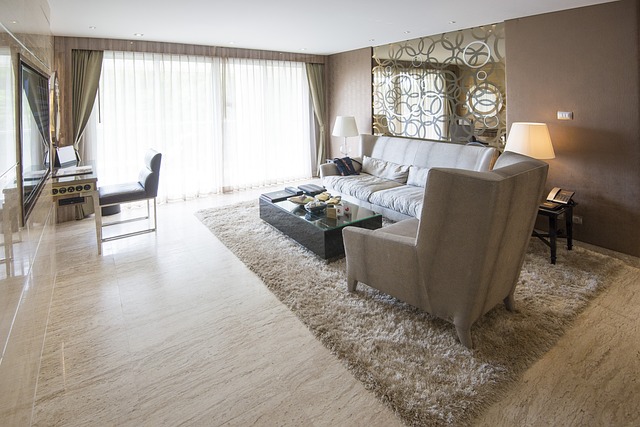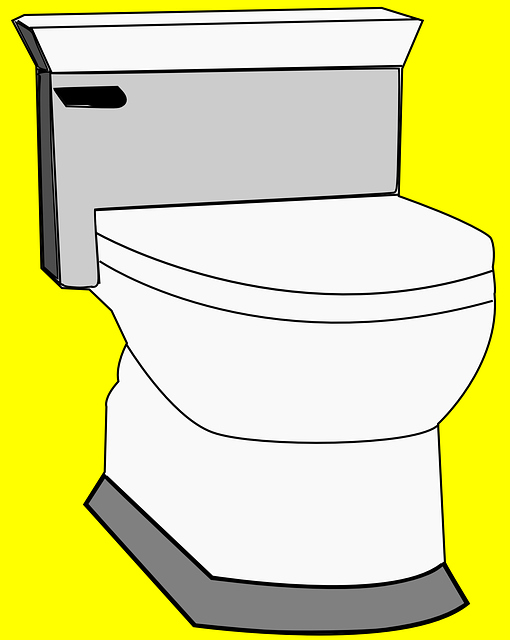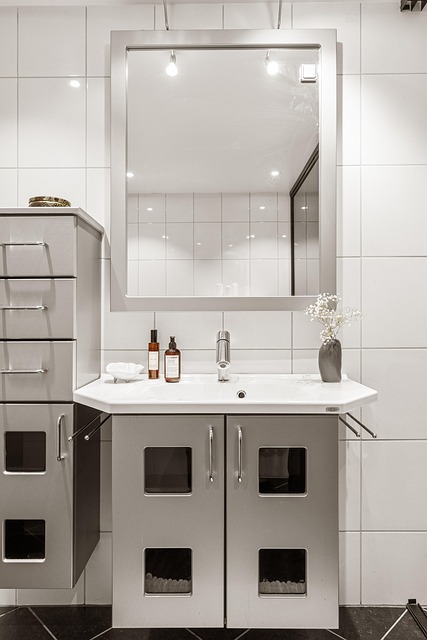LED Lighting in Bathrooms: Sensor & Timer Tech for Energy Savings

LED lighting for bathrooms has become a popular choice due to its energy efficiency and long lifespa…….
In the pursuit of sustainability, eco-friendly living extends beyond just recycling or conserving energy; it encompasses every aspect of our daily lives, including our bathroom remodels. This article delves into the transformative potential of remodeling bathrooms with environmental considerations at the forefront. We will explore the significance of this approach, its impact on the planet and its inhabitants, and how it aligns with global sustainability goals. Readers will gain valuable insights into practical steps for creating a bathroom that is not only beautiful and functional but also kind to the Earth.
A bathroom remodel for eco-friendly living involves integrating sustainable materials, water-saving fixtures, energy-efficient lighting, and waste reduction practices into the design and construction process. This holistic approach ensures that every element of the bathroom contributes to a smaller ecological footprint. It is rooted in the principles of environmental stewardship and seeks to minimize the negative impacts of construction and daily use.
The concept has evolved over time, influenced by advances in green technology, changing consumer preferences, and increasing awareness of environmental issues. It represents a commitment to long-term sustainability and responsible living. By adopting this approach, homeowners can significantly reduce their carbon footprint, conserve resources, and create a healthier environment.
The global impact of eco-friendly bathroom remodels is profound, as it directly affects water and energy consumption, waste production, and material usage. The trend towards sustainability in home renovations is gaining momentum worldwide. In regions like North America and Europe, where environmental regulations are stringent, the adoption of green bathroom remodeling practices is becoming the norm. Conversely, in developing countries, these practices can contribute to sustainable growth and improved living conditions.
Several trends are shaping this trajectory, including the rise of smart home technology, increased availability of eco-friendly materials, and a growing consumer demand for sustainable products. The trend is also influenced by international agreements like the United Nations’ Sustainable Development Goals (SDGs), which encourage responsible consumption and production patterns.
The economic landscape of bathroom remodeling is dynamic, with eco-friendly options becoming more cost-effective due to advancements in technology and scaling of sustainable practices. The market dynamics are driven by consumer preferences, regulatory frameworks, and the potential for long-term savings on utilities.
Investment patterns reflect a shift towards green renovations, as homeowners recognize the value added to their properties through eco-friendly upgrades. These investments not only contribute to economic growth in sectors like renewable energy and sustainable product manufacturing but also offer a return on investment through reduced utility bills and tax incentives in many regions.
Technological advancements have been pivotal in advancing eco-friendly bathroom remodeling. Innovations such as low-flow toilets, solar water heaters, and sustainable materials like bamboo or recycled glass have revolutionized the industry. These technologies not only reduce environmental impact but also offer functionality and aesthetic appeal.
The future potential of technology in this field is vast, with smart systems that monitor and adjust water and energy usage to meet sustainability goals. Biophilic design elements that incorporate natural light and ventilation are also gaining popularity, further reducing the need for artificial lighting and heating.
Policies and regulations play a crucial role in promoting eco-friendly bathroom remodeling. Building codes and standards are being updated to require or incentivize sustainable practices. For instance, Leadership in Energy and Environmental Design (LEED) certification and WaterSense labels encourage the adoption of water-efficient fixtures and sustainable building materials.
Legislative frameworks, such as the EU’s Ecodesign Directive, set standards for energy efficiency and environmental impact, influencing product design and consumer choices. These policies are critical in creating a market that supports eco-friendly practices and ensuring compliance with broader sustainability goals.
Despite its numerous benefits, eco-friendly bathroom remodeling faces challenges and criticisms. One of the primary concerns is the higher upfront cost compared to traditional renovations. Additionally, there is a need for education and awareness to overcome misconceptions about the affordability and practicality of green options.
To address these issues, stakeholders can provide clear information on long-term savings and environmental benefits. Incentives like tax credits or rebates can lower initial costs, making eco-friendly remodels more accessible. Further research into sustainable materials and technologies will also reduce costs over time and enhance the viability of green bathroom solutions.
Several case studies exemplify successful applications of eco-friendly bathroom remodeling. A homeowner in California retrofitted their bathroom with a rainwater harvesting system, solar panels, and non-toxic, recycled materials, significantly reducing their water and energy consumption. In another instance, a European family replaced their traditional fixtures with WaterSense-labeled toilets and showerheads, cutting their water usage by half.
These case studies demonstrate the practical application of sustainable practices in real-world settings, providing valuable lessons and inspiration for others to follow suit.
Eco-friendly bathroom remodeling is a multifaceted approach that addresses environmental concerns while creating beautiful, functional spaces. It is influenced by global trends, economic factors, technological innovations, policy frameworks, and consumer choices. As the world moves towards a more sustainable future, this approach will undoubtedly become a standard in home renovation, contributing to a healthier planet and a better quality of life for its inhabitants.
This comprehensive guide provides a blueprint for integrating eco-friendly practices into bathroom remodeling projects, offering a balanced perspective on the economic, environmental, and social benefits of this approach. By considering all aspects of sustainability, from material selection to energy usage, homeowners and designers can make informed decisions that align with their values and contribute positively to the world around them.

LED lighting for bathrooms has become a popular choice due to its energy efficiency and long lifespa…….

The text discusses the severe environmental impact of conventional bathroom products and highlights…….

LED lighting technology offers significant advantages over traditional incandescent bulbs in both re…….

Integrating motion-sensor or timer-based lighting systems in a bathroom remodel is an effective stra…….

LED lighting is a game-changer for green bathroom renovations, offering energy efficiency, longer li…….

A bathroom remodel focused on eco-friendly living involves selecting compostable and biodegradable m…….

Homeowners are increasingly turning to bathroom remodels as a way to adopt eco-friendly practices, m…….

LED lighting is transforming bathrooms with its energy efficiency and longevity. Unlike incandescent…….

Dual-flush toilets save water with separate flushes for liquid and solid waste, potentially reducing…….